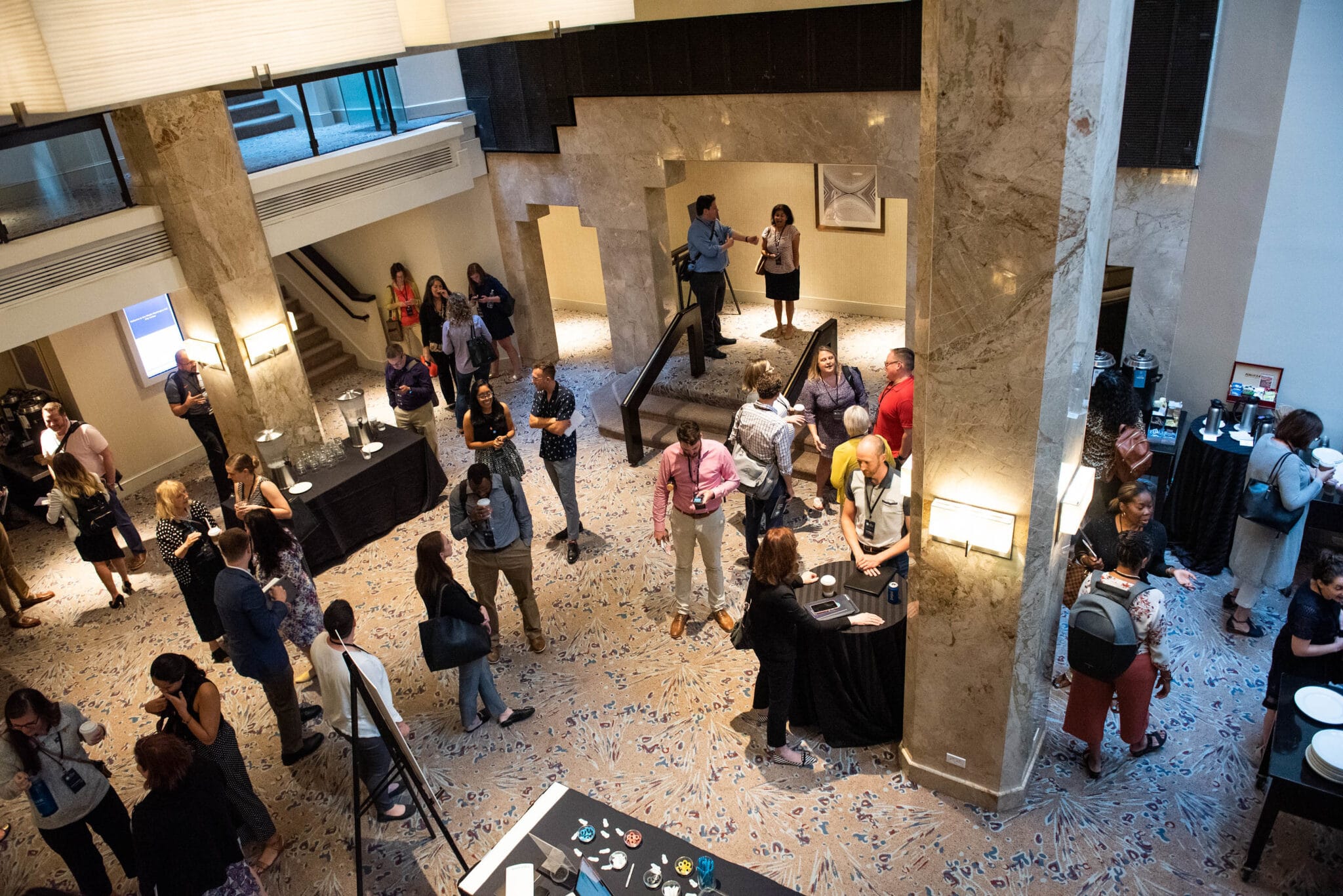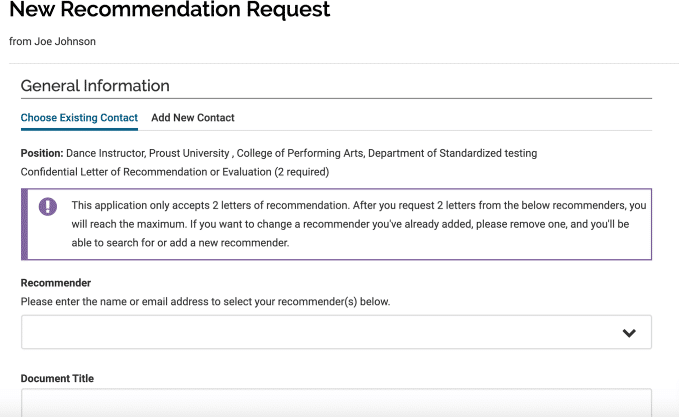This post continues our series by a onetime academic job seeker, now academic-at-large, on ways an academic institution or department can demonstrate that they are family-friendly.
There’s a well-known gender-based pipeline problem in academia: women earn 50% of PhDs granted to American citizens, but get fewer tenure-track jobs and achieve tenure less often. People who study the problem theorize the reason may be because academia has variable hours, but those hours can be long. A caregiver—be that a mother, a father, or somebody caring for an aging parent or sick family member—pays a price. Luckily, departments can take significant steps to retain caregivers as faculty. Here are a few suggestions.
Make expectations extremely clear.
In an Inside Higher Ed interview about their 2012 book on academic motherhood, Kelly Ward and Lisa Wolf-Wendel reported some surprising findings. Although you might assume that professors at research universities would find parenthood most demanding, their book found that these larger universities have more support structures for (and around) research. Having well-defined structure and clarity was a benefit to working parents.
The study found that professors at schools without these well-developed guidelines suffered more. Often, it was exacerbated when these same schools also had a strong culture of faculty campus presence. You take a big chunk out of your parenting faculty’s mental load (and your non-parenting faculty’s, as well) if you can be more specific about what’s needed and expected.
Be open about caregiving while recruiting.
Of course, you shouldn’t ask about people’s family responsibilities (current or hoped-for) in the interview process, but you can make a point to talk to potential faculty about all the things that your institution does to make those responsibilities easier. Faculty with children on a hiring committee can be open about their experience, as well.
Be extremely careful not to penalize caregivers during reviews.
This can obviously have a directly negative effect on the faculty under review, but comments like “You had maternity leave, you should have gotten more writing done” will also travel by grapevine through your department. The next person contemplating taking advantage of a family-friendly policy or program may think twice.
Schedule important events between the hours of 9 and 5.
Academia is great at flexibility, but small children (and the preschools and daycares that care for them) are not. After about 5 pm, schools close, and parents need to get frazzled children on the dinner-bath-bed train. Try to offer lunchtime talks, or even breakfast seminars. If you must sometimes convene colloquia including dinners after 5, make it very clear to parents that their presence is not required—and try to schedule the events as far in advance as possible.
Make sure your expectations about email and text responsiveness are clear.
Clearly defined boundaries around electronic communication help caregivers relax about their work obligations when they’re home—and socializing these expectations is helpful to non-caregivers, as well.
Don’t allow a culture of resentment to develop among the rest of the faculty.
Negative comments about a caregiver’s absence or non-participation should never be allowed to pass unremarked—even if they’re couched as humor. You’ll know the difference!
These are only a few ways that a department or institution can demonstrate that they are family-friendly to employees. What are some other ways you have experienced that helped you manage both your personal and professional responsibilities? Tweet us using #familyfriendly.
***
Interfolio’s Dossier enables scholars to collect, curate, polish and send out their materials at all stages throughout their academic professional path. Learn more about Dossier here.










